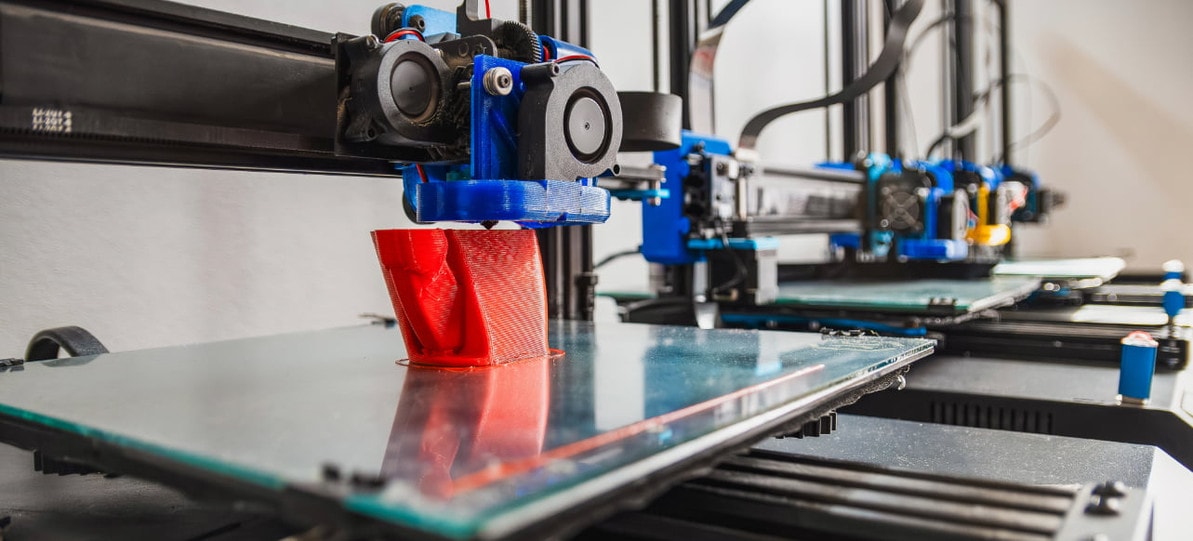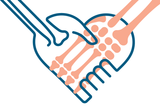3D Printing in Healthcare: Reshaping Education and Care
Jun 18th 2025
The world of healthcare is rapidly evolving, and 3D printing – also known as additive manufacturing – is playing a major role in that transformation. Once a tool reserved just for engineers and product designers, 3D printing in medicine now touches every aspect of care, including surgical planning, patient education, device manufacturing, and anatomical learning.
Medical professionals, educators, and aspiring engineers alike are finding that 3D printing applications in medicine offer greater customization, faster development, and a deeper understanding of human anatomy than ever before. Here’s how 3D, or three-dimensional, printing is changing healthcare and what to expect in the years ahead.
Understanding the Technology: What Is Additive Manufacturing?
To understand the healthcare 3D printing market, it’s important to know what sets this technology apart. Unlike traditional “subtractive” methods of creating products or models, such as carving or cutting from a solid block, “additive” manufacturing builds objects layer by layer from a digital model. The materials used for additive manufacturing include plastics, resins, metals, and carbon fiber.
There are several types of 3D medical printing. Each method supports different 3D printing of anatomical models and medical products, depending on the required durability, flexibility, and resolution.
- Fused deposition modeling (FDM): Affordable and common, FDM uses thermoplastic materials to create models. This technology is ideal for creating educational anatomical models.
- Stereolithography (SLA): Known for high resolution and detail, SLA printers use lasers to harden liquid resin. These are perfect for dental and surgical applications.
- Digital light processing (DLP): DLP is similar to SLA, but it’s faster and is often used for very precise anatomical reproductions.
- Selective laser sintering (SLS): SLS uses powdered material and lasers to create strong, functional parts like implants or prosthetic components. It can join metal particles or other materials.
How Is 3D Printing Used in Medicine?
From 3D printed anatomical models to prosthetics and implants, every product is tailored for specific patients or educational needs.
Here are some current applications:
- 3D-printed anatomical models: These life-sized or scaled representations of organs, bones, or entire systems are used for medical training, surgical planning, and even patient communication. These models are replacing plastinated specimens in many contexts.
- Medical devices: Customized hearing aids, dental aligners, prosthetics, and orthopedic implants are manufactured quickly and affordably using 3D printing.
- Surgical guides: Surgeons can plan and practice procedures using patient-specific models, potentially improving outcomes and reducing time in the operating room.
- Bioprinting: Though still largely experimental, printing with living cells to create tissues and organs is an exciting frontier.
These additive manufacturing medical models provide new tools for medical innovation, saving time and lives while enabling personalized care. There are even services for printing custom medical-grade parts using different modelling and scanning techniques, including CT scans.
Benefits of 3D Printing in Healthcare
The benefits of 3D printing in healthcare are transforming traditional methods of education, diagnosis, and treatment. For example, 3D printing allows for faster prototyping and production. Custom tools and devices that once took weeks or months to develop can now be printed in hours or days. Whether in medical school or a hospital room, there are new opportunities for improved education and communication – physical models can help learners and patients better understand anatomy and procedures, and surgeons can rehearse procedures with exact replicas of a patient’s body parts.
In addition, 3D printing allows for custom, patient-specific solutions, from prosthetics to implants, which can lead to improved comfort and effectiveness. There are also opportunities for cost reductions, since additive manufacturing can minimize material waste and eliminate the need for extensive tooling. In short, 3D printing is more than a tool; it’s a medical innovation that supports better outcomes across the healthcare spectrum.
The Future of 3D Printing in Healthcare
We’re only just beginning to appreciate exactly how 3D printing is changing healthcare. As the technology becomes faster, more affordable, and more precise, its applications are expected to expand dramatically. Some exciting trends to watch include:
- Bioprinted tissues and organs: Though not yet widespread, researchers are already printing skin, blood vessels, and small tissue samples. One day, full organ replacement could be possible.
- In-hospital manufacturing labs: Hospitals may soon house their own 3D printers to create custom implants and surgical guides on demand.
- Telemedicine and remote care: A doctor in one location could send a design file for a prosthetic to a printer near the patient, enabling care in underserved regions.
- New careers and educational paths: The growing healthcare 3D printing market is spawning new jobs in biomedical engineering, medical design, and digital modeling. Students who are learning with 3D printed models today could be designing them in the future.
As adoption increases, more healthcare professionals, educators, and students will engage with 3D printing medical innovation, driving further breakthroughs.
Spotlight: Uses of 3D-Printed Anatomical Models
Among the most accessible and impactful 3D-printed tools are anatomical models. 3D-printed medical models bridge the gap between theory and reality, empowering both educators and clinicians. These serve a wide array of uses:
- In medical education: Schools use these models to teach complex anatomy without relying solely on cadavers. Students can hold a heart, trace blood flow, or explore brain structures layer by layer.
- In patient communication: Showing a patient their specific tumor or bone fracture in 3D makes diagnoses and treatment plans easier to understand.
- In surgical planning: Surgeons and surgical technicians rehearse on precise models before the real operation. This reduces risks by improving precision and collaboration.
- In rehabilitation and therapy: Therapists can use models to explain movement limitations and guide physical therapy routines.
From the operating room to the classroom, 3D printing in medicine is transforming how we learn, teach, and heal. With the rise of 3D printing applications in medicine, what was once futuristic is now part of everyday care.
Ready to Bring the Future of Medicine into Your Classroom or Clinic?
As you explore the world of anatomical education or look for tools that support modern healthcare training, consider incorporating additive manufacturing medical models into your study or practice.
At Anatomy Warehouse, we offer a wide selection of 3D printed anatomical models crafted with accuracy and realism in mind. Whether you're an educator, medical professional, or student, deepen your understanding and enhance patient care with our models.
Explore our 3D model collection today—and take anatomy education to the next dimension.
Share:




